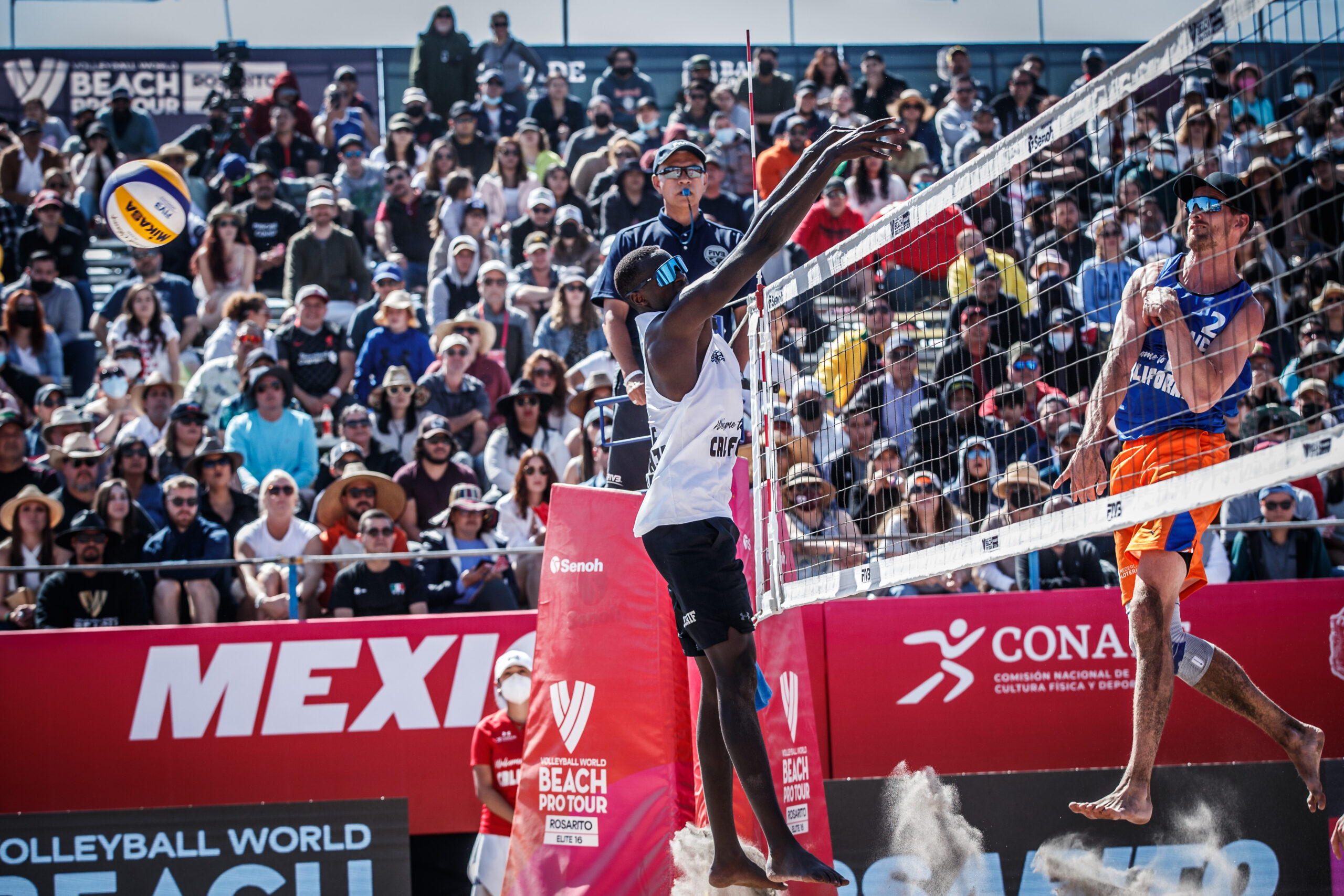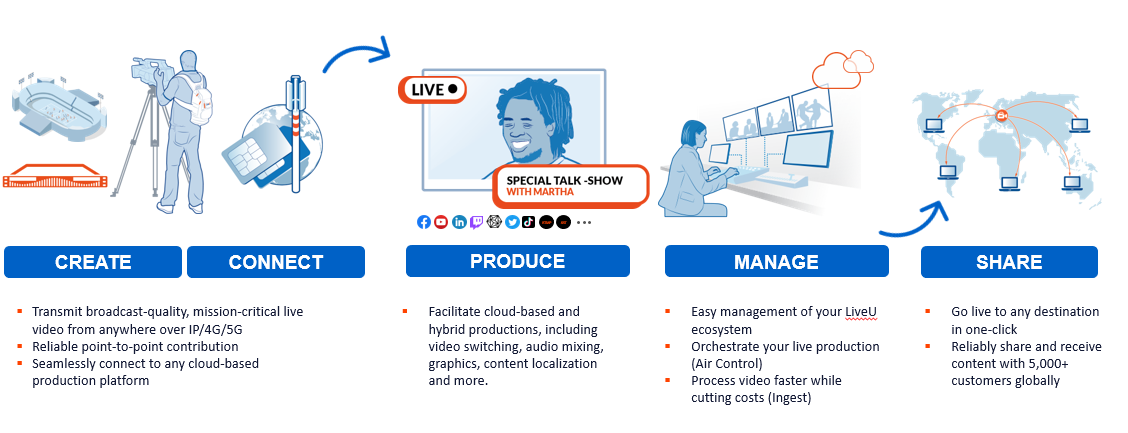Warner Bros. Discovery Sports Europe is the latest organization to feature in our Post-Podium Stories – a series revisiting our 2022 Sport Technology Award winners.
Last year the media giant scooped the Best Use of Technology by a Broadcaster award for its state-of-the-art mixed-reality studio that transported millions of viewers to Olympic Games Tokyo 2020. In a broadcasting first, it not only beamed the world’s greatest athletes into its virtual studio but was credited with ‘redefining the viewing experience’ in an Olympic Games like no other.
Here, Alex Dinnin, Head of Graphics and Innovation at Warner Bros. Discovery Sports Europe, provides an update on the technology shaping on-screen visuals and graphics and his top tips for business and individuals in the sports tech sector.
What has changed for your business in the last six months?
From a visual and graphics perspective, the release of Unreal Engine 5 is going to be a complete game changer for all virtual studios. Being able to think on a larger scale is a blessing for studio designs.
Traditionally used as a gaming engine, the possibilities of applying it in broadcast production to create truly immersive content and experiences for viewers are endless.
To my knowledge, we were the first multi-market broadcaster to use UE5 for a live sports production. We used Unreal 4 for our coverage of a multitude of very different events including Olympic Winter Games Beijing 2022, tennis Grand Slams, the Tour de France and the Tour de France Femmes.
For the Winter Olympics, using Unreal Engine to develop graphics and virtual settings within our award-winning mixed-reality Cube studio took our coverage to a whole new level. We were able to create 26 different virtual environments offering immersive presentation and analysis positions for our on-air teams, including a vast cinematic winter resort set within the face of a snow-capped mountain.
This meant that everything looked completely realistic to the untrained eye and ultimately provided our viewers at home with a much more exciting and engaging experience.
To be able to completely reskin our Cube studio at the touch of a button is revolutionary and enables us to switch between covering different sports immediately from the very same location. I’m excited about the opportunities ahead using Unreal Engine 5 – there is no limit to what we could build over the coming months.
What are the biggest changes happening in your part of the sports sector?
Due to the advances in virtual studios, it’s really exciting to be thinking about a traditional broadcast studio in a completely different way. Gone are the days of two people sitting in a small cupboard. We can now transport our presenters and guests to anywhere in the world, just like we did from our Cube studio for Beijing 2022.
While this also ended up supporting the efforts to reduce our on-site footprint while producing our coverage of the Games given the pandemic, it also allowed us to create even more engaging experiences for our viewers.
Working with virtual studios is like learning a whole new discipline. Keeping pace with the latest innovations and advancements is a full-time job in itself!
What is the best piece of advice you’ve been given about working in sports / sports technology (personal or professional)?
Earlier in my career I had one piece of advice drummed into me on a daily basis… no matter how clever it is or how good it looks; it has to be editorially relevant.
This is something we live for Warner Bros. Discovery Sports Europe. We don’t simply use new technology for the sake of innovation. We do it to enhance our storytelling around some of the world’s biggest sporting events, helping to better connect our audiences with the action and athletes competing to unlock the power of different sports. Allowing us and our experts to tell even greater stories in the most compelling way.
What is the best piece of advice you’d pass on to a client or start-up in your world?
Think big – it’s only your imagination holding you back!
The 2023 edition of The Sports Technology Awards will mark the 10th anniversary of the leading international celebration of tech-led innovation in sport and – for the very first time – be celebrated in New York. To find out more about the ‘Oscars of sports technology’ please visit sportstechnologyawards.com.



